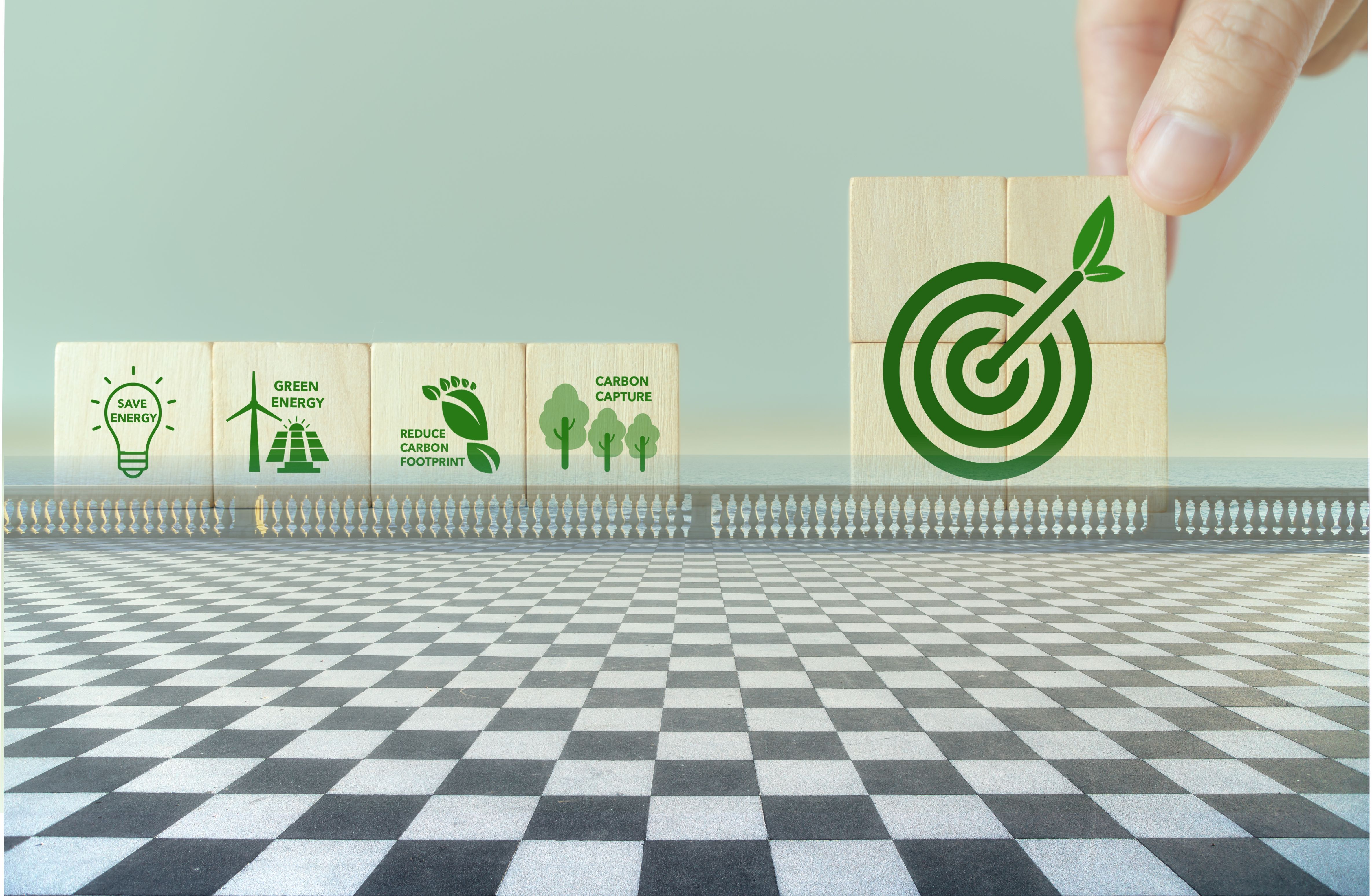The ecological transition is no longer an abstract concept or limited to environmental awareness: it is a concrete necessity and an unavoidable direction for businesses, public bodies, and citizens. But where do we really stand, especially in a region like Tuscany, long known for its manufacturing excellence, culture, and innovation?
According to a recent report published on Tuscany People, the Tuscan landscape shows promising signs but also structural weaknesses that hinder full implementation of the European Green Deal at the local level.
A territory in motion, but at different speeds
Tuscany stands out for its rich industrial and cultural heritage, but it is also a fragmented region in terms of green technology adoption, sustainable infrastructure, and integrated environmental policies.
The region includes:
• highly advanced companies involved in circular economy projects, energy efficiency, and environmental certifications (ISO 14001, ISO 14064-1);
• and others that still struggle to implement structured sustainability paths, slowed by regulatory, financial, or digital gaps.
E-Repair among the highlights of Tuscany’s transition
Among the companies cited by Tuscany People as a virtuous example of ecological transition is E-Repair, recognized as one of the flagships of the circular economy in Tuscany.
With its advanced model of evolved maintenance and industrial electronic regeneration, E-Repair concretely applies circular economy principles according to the BS8001:2017 standard, helping to reduce Scope 3 emissions in the supply chain and promoting a more sustainable, resilient, and technologically advanced industry.
The supply chain challenge: coherence and traceability are needed
One key point from the analysis is the need to extend ecological transition to the entire supply chain, especially in manufacturing sectors. This includes:
• traceability of Scope 3 emissions;
• investment in high-value regenerative services;
• adoption of international standards;
• selection of certified and transparent local partners, such as E-Repair.
The role of Tuscan companies: from spectators to leaders
In this context, companies can (and must) become active agents of change.
It's not just about meeting new legal requirements but turning sustainability into a competitive advantage.
Companies investing in green innovation, digitalization, training, and servitization are those that can:
• optimize long-term costs;
• increase their ESG reputation;
• access new markets, funding, and international opportunities.
Conclusion: Tuscany has the skills — now it needs a system
The potential is there. Tuscany has universities, industrial districts, innovative startups, and historic companies with technical know-how and strategic vision.
But to win the ecological transition challenge, a shared paradigm shift is needed: public institutions, the private sector, and civil society must cooperate more closely.
Companies that anticipate change instead of chasing it will be the true protagonists of a sustainable Tuscany.
🔗 Sources and insights:
• Original article: Ecological Transition in Tuscany – Tuscany People
• Standard BS8001:2017 – Circular Economy
• ISO 14064-1 – Organization Carbon Footprint
• ESG Certifications and Values of E-Repair
 Español (España)
Español (España)  Deutsch (Deutschland)
Deutsch (Deutschland)  Français
Français  Italiano
Italiano 















